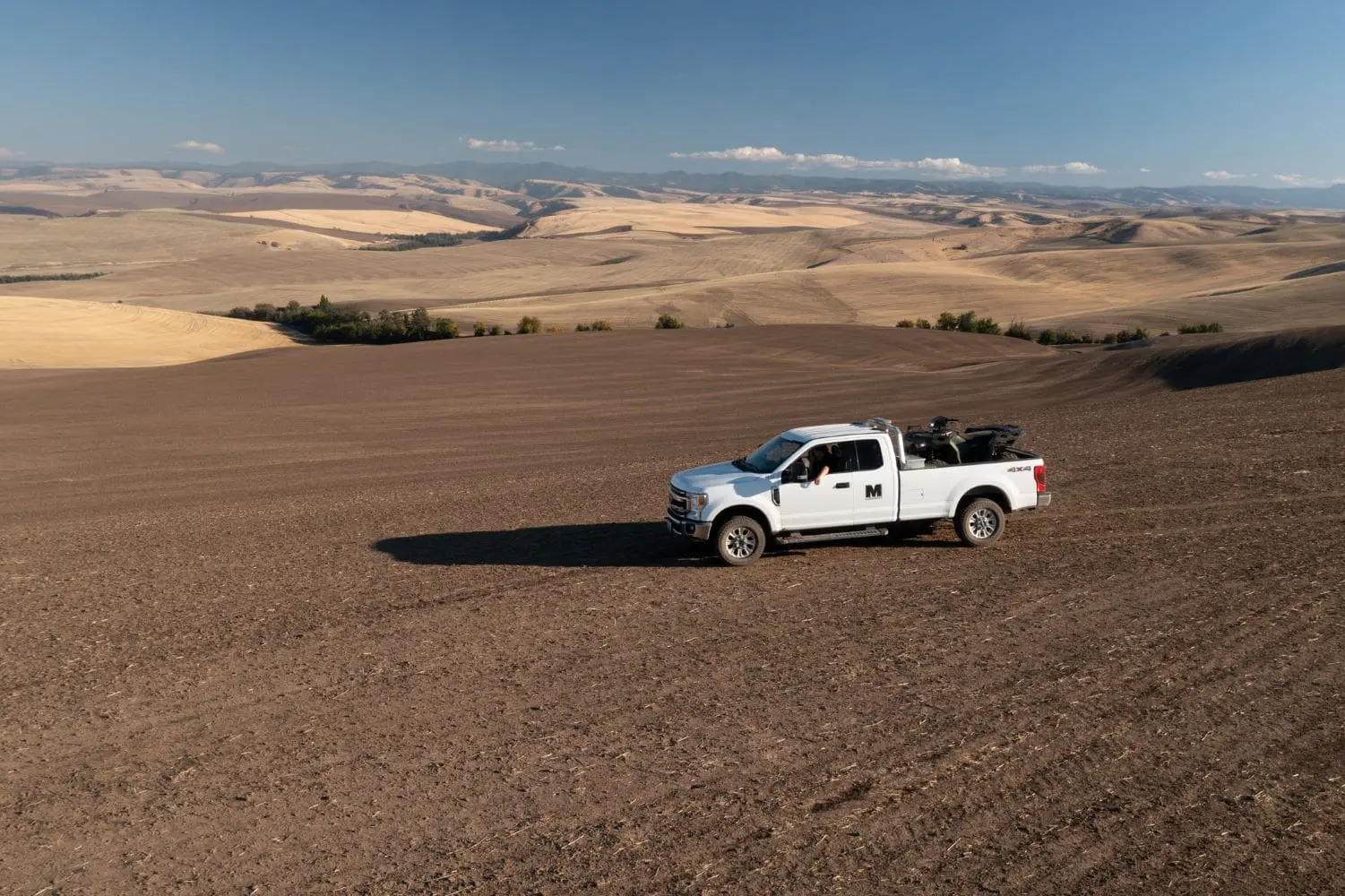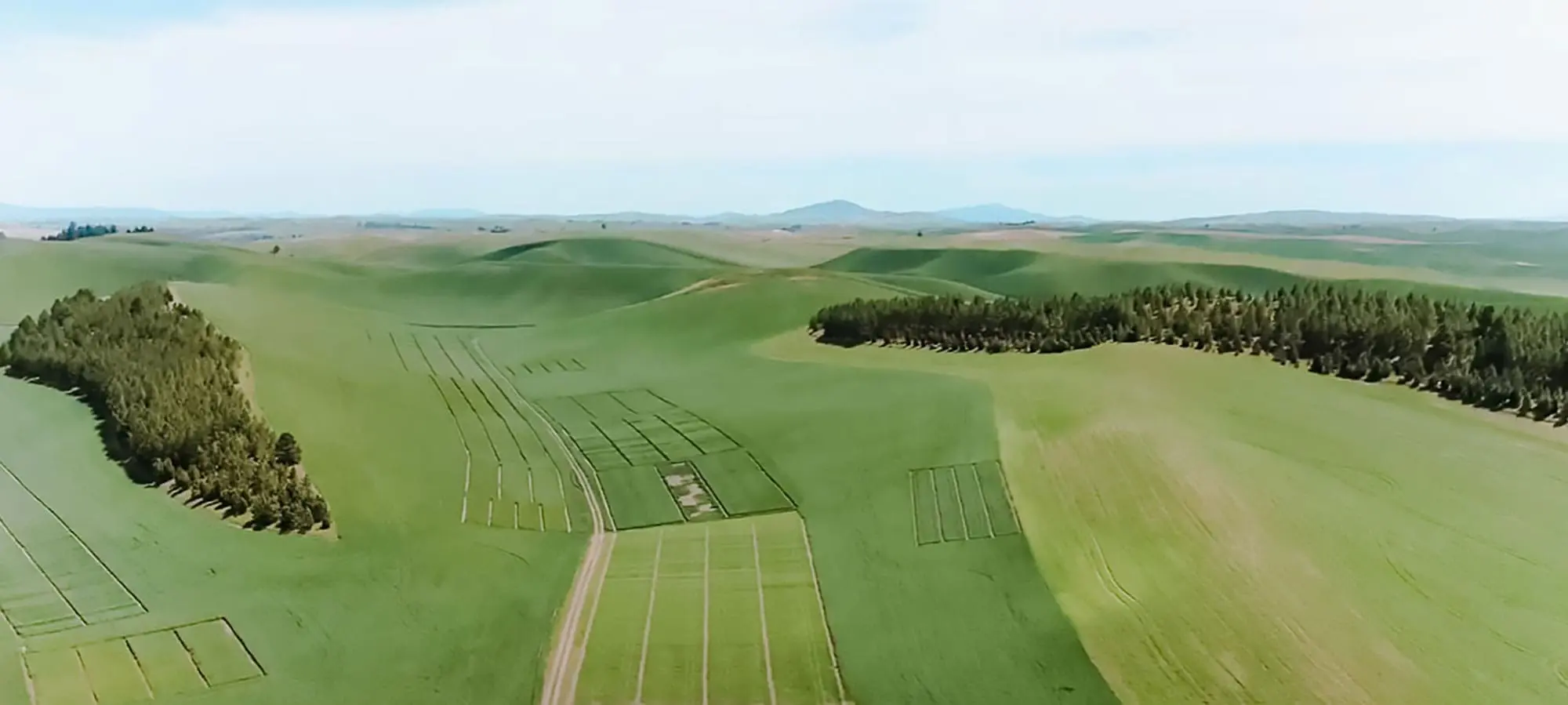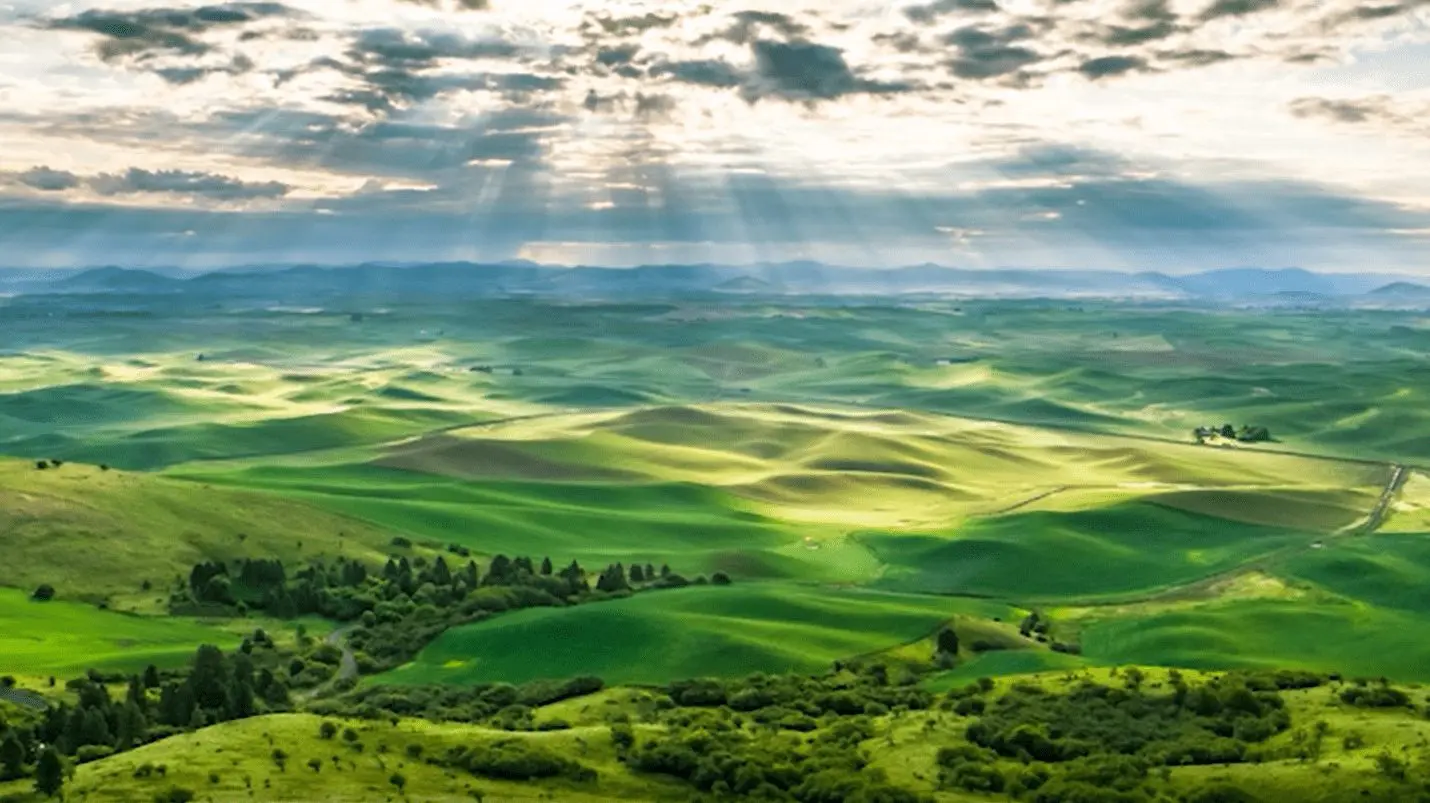
Our History
Deep Roots in Inland Northwest Agriculture
What began as a sideline of the family’s general store at the ranch headquarters in Hooper, Washington has evolved into a cornerstone of agricultural development in the Pacific Northwest. Innovation products, agronomic expertise, and a commitment to excellence have established The McGregor Company as the leading agronomic provider for the region.

our history
The McGregor family settled in the Palouse region over 100 years ago with plans to raise sheep. In 1901, they expanded their farming enterprise to include wheat. In 1948, Sherman McGregor, a second-generation family member, and Washington State College agronomist Harley Jacquot began experimenting with commercial fertilizers after promising nutrient research work done on the McGregor Ranch. They hosted plot tours each summer on the McGregor Ranch, where farmers from the Pacific Northwest could learn about the advancements in farming practices. This marked the beginning of The McGregor Company’s commitment to agricultural research and development, a tradition that continues to this day.
In the early 1950’s, the McGregor family began designing and testing applicators and sprayers to meet the needs of the extensive wheat farms of the Inland Northwest. This thirst for efficiency gains led to equipment manufacturing, with our coil spring shanks and advanced design application equipment quickly becoming the standard throughout the Pacific Northwest and Canadian prairies. By 1956, The McGregor Company became a separate entity to handle our family’s fertilizer, agri-chemical, and equipment activities.

research station history
The path to our present-day Research & Technology division, sitting on a 330-acre research station, was paved by many dedicated people. In 1948 Harley Jacquot, Head of the Dryland Experiment Station in Lind, conducted nitrogen trials on the McGregor family ranch with the first regional soil testing lab in the ranch store basement. Those trials showed yield increases from 25 to 69 bushels with the addition of fertilizer.
That pioneering spirit, as well as close ties and shared research with our land grant schools, has since become a long-standing tradition and galvanizing force in our research program. We are proud to have set the tone and raised the bar for research to address the unique challenges facing Pacific Northwest farmers. Our team is dedicated to making a difference for the farm families we serve, from understanding the impacts of proper soil nutrition to tackling weed control. Our breakthrough discovery that physiological leaf spot in wheat is a treatable chloride deficiency, not a disease, reflects our enthusiasm and impatience with the status quo.

palouse region history
In this video, you will learn about the impact of the Ice Age Flood, early settlers, mule trains, sheepherders, and much more. The video starts by exploring the influence of the Ice Age Flood on the Palouse area and continues with a captivating oral and pictorial history. Created for the Whitman County Library by Mortimore Productions with contributions from several Ice Age Flood Institute members who provided materials and information.